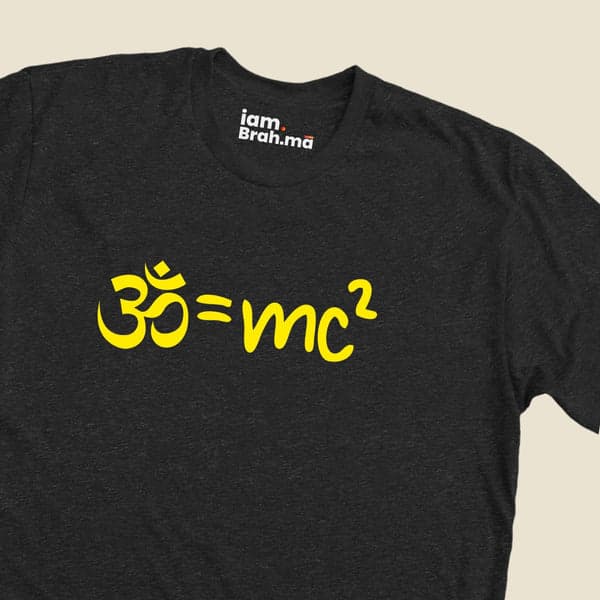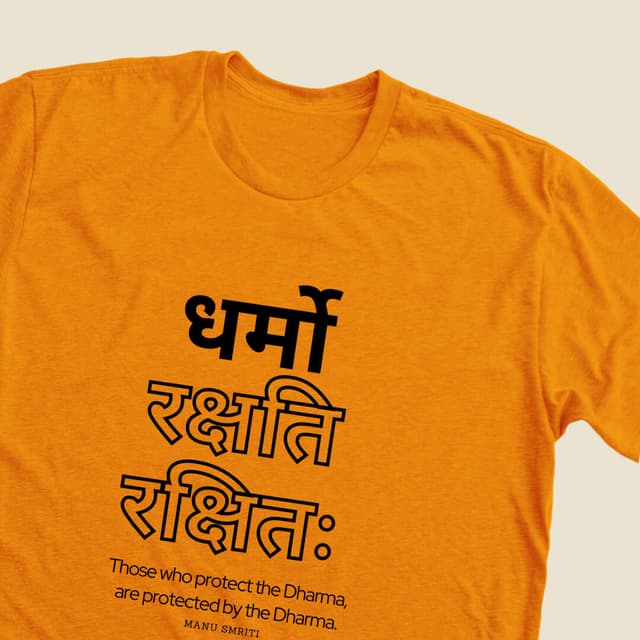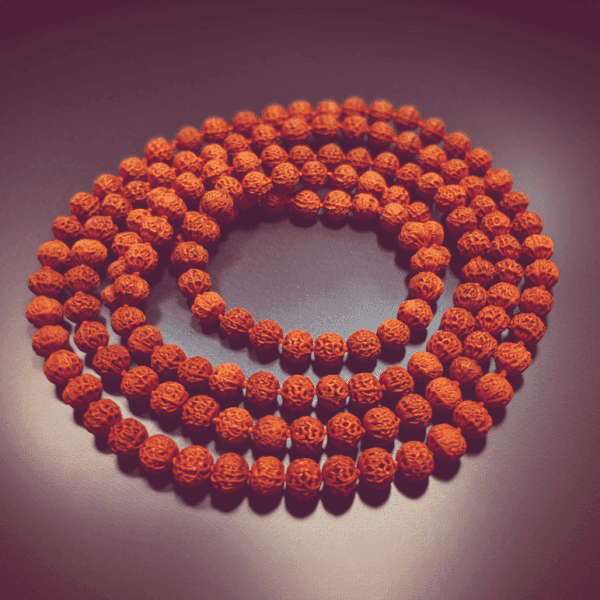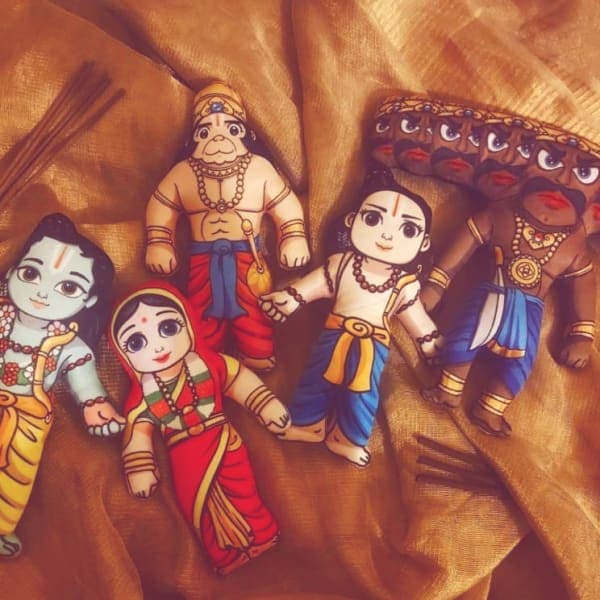Katha Upanishad
The Katha Upanishad is one of the mukhya (primary) Upanishads, embedded in the last short eight sections of the Kaṭha school of the Krishna Yajurveda. It is also known as Kāṭhaka Upanishad.
0
The Katha Upanishad consists of two chapters (Adhyāyas), each divided into three sections (Vallis). The first Adhyaya is considered to be of older origin than the second. The Upanishad is the legendary story of a little boy, Nachiketa – the son of Sage Vajasravasa, who meets Yama (the Indian deity of death). Their conversation evolves to a discussion of the nature of man, knowledge, Atman (Soul, Self) and moksha (liberation). It asserts that "Atman (Soul, Self) exists", teaches the precept "seek Self-knowledge which is Highest Bliss", and expounds on this premise like the other primary Upanishads of Hinduism. The Upanishad presents ideas that contrast Hinduism with Buddhism's assertion that "Soul, Self does not exist", and Buddhism's precept that one should seek "Emptiness (Śūnyatā) which is Highest Bliss". The detailed teachings of Katha Upanishad have been variously interpreted, as Dvaita (dualistic) and as Advaita (non-dualistic).
...




